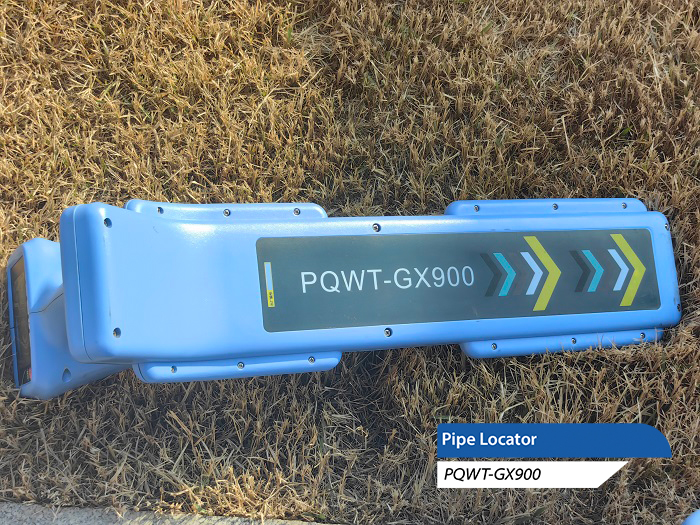With the rapid development of urban construction, underground pipeline detection technology plays an important role in modern construction. Pre-embedded cables, fiber optic cables and metal pipes not only enhance the aesthetics of the city, but also ensure the safety of the construction. However, this construction method also brings considerable challenges for later line tracing, maintenance and repair work. Therefore, choosing a Pipe Cable Locator that is suitable for your project is essential to ensure construction quality and improve work efficiency.

When selecting a Pipe Cable Locator, we need to consider a number of factors to ensure that we select the most suitable instrument for our project. The choice of test frequency, the range of applicability of the probe, ease of operation, bathymetry capability, configuration of accessories and compatibility of the instrument are all important factors that we need to consider. Through careful comparison and screening, we can select a Pipe Cable Locator with excellent performance and easy operation to provide a strong guarantee for the smooth progress of the project.
Next, this article will discuss in detail the selection of Pipe Cable Locator based on and considerations, to help you select the most suitable for their own project detector, for the construction of the city to contribute to a force.
1. Pipe Cable Locator Selection
In urban construction, underground pipeline detection technology is particularly important. Nowadays, more and more cables, fiber optic cables and metal pipes are constructed by pre-buried way, which is not only beautiful, but also can guarantee the safety of the city. However, this kind of construction method also brings some challenges for the later searching, maintenance and repair, so it is crucial to choose a Pipe Cable Locator which is suitable for your project.
2. Test frequency selection
For general pipe and fiber optic cable detection, medium frequency and high frequency are commonly used test frequencies. These frequencies have a longer propagation distance and are less likely to sense signals from other pipelines. For long-distance tracking and well-insulated transmission pipelines, low frequencies are suitable. Low-frequency signal propagation distance is long, not easy to sense other pipelines, so in the long-distance tracking has the advantage.
3. Selection basis
- Select the suitable detector according to the actual needs and understand its scope of application.
- Confirm the detector with easy operation and intuitive interface to improve work efficiency.
- Pay attention to whether the function and depth measurement capability of the sounder meet the requirements.
- Check whether the configuration of accessories is complete, such as clamps and rechargeable batteries, etc., for practical operation.
- Consider the compatibility of the sounder and choose a product that can receive and transmit a wide range of frequencies to expand the range of applications.
Choosing the right Pipe Cable Locator requires comprehensive consideration of the actual needs, and only in this way can we improve the efficiency of the work, ensure the quality of the project, and contribute to the construction of the city.








